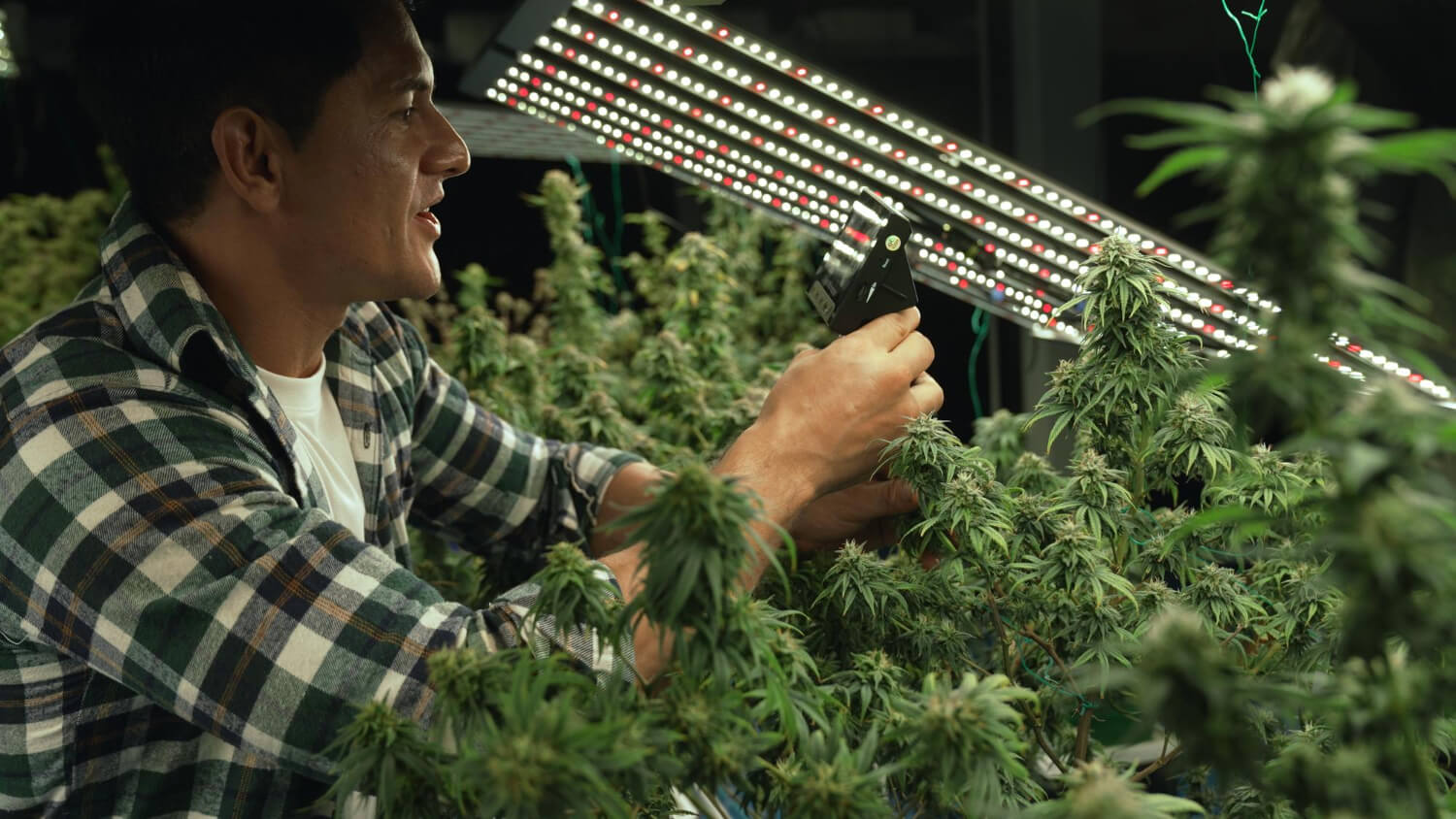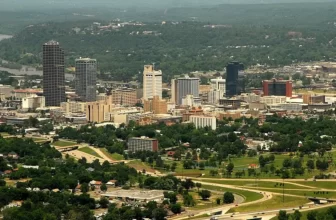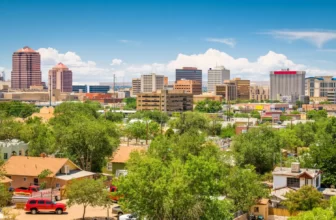Playing a pivotal role in shaping the success of a cannabis cultivation operation, the significance of a well-planned industrial marijuana grow room setup cannot be overstated. By creating an environment where every variable, from lighting and ventilation to temperature and humidity, is carefully controlled, indoor cultivators have greater control over final yield and flower quality. However, due to these variables, indoor operations will need to focus more heavily on operational efficiency, if they don’t want to lose to more sustainable outdoor operations.
Understanding Licensing and Legal Requirements
One of the first things you should research when planning to set up an indoor operation is looking into your state’s laws regarding cannabis cultivation. Each state has its own set of regulations and compliance requirements. To help with these laws, I greatly recommend you consult with legal experts who will not only guide you but ensure you’re not making unaware mistakes.
Having a team of legal experts isn’t the only team you need, you should be working diligently on forming a qualified development team composed of individuals with expertise in horticulture, agriculture, and cannabis cultivation. There is a lot of misinformation regarding cannabis, along with a lack of research on the best-growing practices for it. By assembling a team of experts, you all can work together to weed out what works and what doesn’t.
Choosing the Right Facility
Before you start looking for the right facility, I want you to heavily research established operations to determine which size facility you want along with how much setup costs will be. Additionally, research zoning laws, so you are not wasting time by looking at locations that aren’t feasible.
Incorporating security features such as surveillance systems is just one of many things that add to that setup cost. Make sure you look at several locations to find one that not only is the right size but is accessible for transportation of supplies and products.
The right facility should be one where the rooms are designed to optimize workflow and minimize operational bottlenecks. Nutrient delivery systems should be kept tidy and set up close to a water source, etc., to keep the room not only efficient but safe for workers.
Advanced Lighting Systems
You can implement a variety of lighting systems in your facility, however today, most facilities are mainly relying on LEDs due to their energy efficiency, long lifespans, and easy-to-modify nature. This allows you to give your plants a range of lighting wavelengths that impact various physiological processes in plants, allowing you to control just how your plant grows. You may still wish to bring in supplemental UVB lamps, as that’s the one big advantage HIDs have over the great majority of LED fixtures.
Regardless of the lighting system you choose, the lighting system should be easy to adjust and move both vertically and horizontally to ensure even light spread over all the plants. Different strains will have various limits on the maximum light they can receive in a day, so make sure lights can be moved in individual sections. Some degree of automation is needed to reduce human error — even if that’s just an automatic light timer. However, you probably likely want automation for fertigation, VPD control, and so on.
Climate Control and Environmental Management
The biggest perk to growing cannabis indoors vs. outdoors is the ability to provide the plants precisely everything they love while eliminating everything they hate. While this results in higher setup and operational costs, indoor flower is often sold at higher prices due to its higher quality.
Temperature and Humidity
- Plants should be given optimal temperatures and humidity levels with AC units and dehumidifiers.
- Low temperatures can slow photosynthetic activity, resulting in slow-growing plants. However, high temperatures late in flowering can degrade trichomes, resulting in a loss of potency.
- While high humidity levels are desirable when the plants are young, they become a threat during flowering due to mold and mildew.
Air Movement
- To promote optimal transpiration, strong stem health, and discourage pests and diseases, airflow should always be moving evenly through a plant’s biomass.
- You should strategically place oscillation fans to bring in fresh air while removing stale air with exhaust fans, which will also help prevent hotspots forming on the leaves.

Efficient Irrigation and Nutrient Delivery
Most experts recommend you include fertilizer every time you go to water, regardless if it’s an active or passive system. Different mediums, e.g., coco coir vs. peat moss, require different irrigation rates as well. All of this makes setting up a drip irrigation system an excellent choice, as it will ensure each plant receives the appropriate amount of moisture while continuing to bring in fresh nutrients. This system also helps prevent the foliage from getting wet, reducing vulnerability to many diseases.
Various soilless mixtures do well with a drip system, and due to a few factors such as cation exchange capacity (CEC), cultivators will need to research the best fertilizer for their medium. Regular leaf-tissue samples should be performed to ensure plants are receiving the optimal rates of each nutrient, which has been established in various studies: Bryson and Mills (2014), Landis et al. (2019), and Kalinowski et al. (2020)
Various factors can affect a plant’s ability to uptake individual nutrients, meaning you may prefer individual nutrient fertilizers to mix for precise delivery. This will especially be the case if you’re planning to grow a range of different strains.
Security and Pest Control Measures
Another perk to growing indoors vs. setting up an outdoor operation is that security and pest control are much less of a concern.
Security: Theft can still happen, and you will need to install a robust security system composed of surveillance cameras, access controls, and alarms. When researching your state’s laws regarding setting up a cannabis grow operation, it’s a good idea to research their security requirements, as some can be quite strict.
Pests Control: While pests aren’t as much of an issue for indoor operations, indoor operations typically don’t have at their disposal the same degree of pest control options as outdoor operations. Outdoor operations, who are more prone to using companion/cover crops and predatory insects to keep cannabis-destroying pests and diseases away. Proper airflow, regular monitoring, and pesticides/fungicides such as neem oil will go far in preventing and eliminating pests indoors.
Backup Power and Emergency Preparedness
Just because we’re growing our plants inside doesn’t mean we are free from the whims of Mother Nature. While high winds won’t be much of a direct concern as outside, it knocks the power out. Power outages, even if brief, can have significant consequences, potentially leading to crop loss, disruption in growth cycles, and financial losses. This makes having backup power solutions a necessity.
Generator Selection — Choose generators that can meet the power requirements of your essential systems, including lighting, environmental controls, and other critical equipment. Pay attention to the type of fuel they use. The generators should be connected to an automatic transfer switch device that will switch to the generators when it detects a power outage.
Parallel Systems — It’s highly recommended you don’t rely on a single generator. By setting up a parallel system composed of several generators, you can ensure a continuous power supply even if one generator fails. As well, these systems can also be configured to distribute the load efficiently, preventing the overloading of individual generators.
Final Thoughts
A meticulously planned indoor cannabis cultivation setup is pivotal for success. Understanding the legal nuances, forming an expert team, selecting a suitable facility, and implementing advanced automation systems ensure optimal conditions. From lighting to climate control to irrigation to security, addressing these aspects guarantees a resilient and high-yielding cannabis cultivation operation. When setting up and optimizing your facility, focus on implementing sustainable practices and equipment. Cannabis can have a world of benefits for our society, but the lack of regulations and avoidance of environmental stewardesses is currently holding the plant back.





